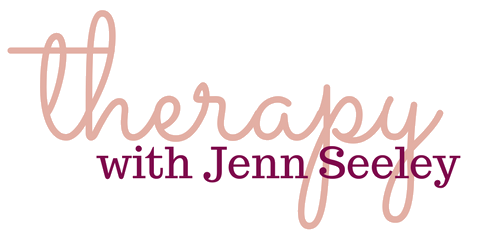Fidget tools for stimulation regulation

Stimming. Fidgeting. Playing. Focusing.
In a world that's constantly buzzing with stimuli, finding effective ways to balance that stimuli to stay focused, regulated, and/or relaxed can be a challenge - especially for folks who find themselves over-stimulated or under-stimulated often. Neurodivergent people all have varying needs, of course, but stimulation is often at the centre of struggles with regulating. (yes, the same object or tool can be both stimulating when you need it, and also calming & supportive when you have too much of other kinds of stimulation. MAGIC!)
Enter fidget toys, stim toys, or as I prefer to refer to them - stim tools. A diverse range of tools designed to provide sensory stimulation and support for anyone really! Just like that fibbing poncho that said ‘one size fits all’, stim tools are no exception to the lie! Our needs and desires vary. Here are some ideas of tools that might be useful and what their primary purposes are.
Also included? A few links to where you might buy or learn more about these toys. Please note, these are not affiliate links, and I neither promote nor boycott big box stores and giants like the big A. I believe that, for those of us with a variety of access needs, it’s best that we make our individual choices based on those needs and sometimes that means convenience, price, method of delivery, etc.
*** if the categories and multiple links are overwhelming, scroll to the bottom for a small menu of options on where to find them in general, along with a DIY bonus for making your own --- scroll to the >< >< >< >< >< >< ><
Fidget Spinners
Classic. These simple, handheld devices have gained popularity for their calming effects and ability to enhance concentration. Fidget spinners are perfect for those who find relief in repetitive motions, aiding in stress reduction and promoting a sense of calm. They’re made of different materials and shapes, but my personal favourite is something metal with a little weight to it for smoother spinning. Like this one, here.
Stress Balls
Another stim tool staple. Squeezing a stress ball provides both tactile and proprioceptive input (learn more about what that even means, here). They help to release tension and improve focus. You can find ALL KINDS of these with varying degrees of squish, resistance, materials, etc. My personal favourite is anything made by NeeDoh and you can find these at a number of stores from Mastermind and Indigo to the La-di-da Boutique store on the Danforth (for all my Toronto peeps)
Tactile Puzzles & tangles
These are you more intricate tactile experiences with infinite loops and loads of texture-y fidgeting. Also probably one of the more common categories of stim tools. Not really always a ‘puzzle’ in the traditional sense, they may include textured puzzles, shape-sorting or shifting toys, or anything really that engages the sense of touch.
Sometimes they’re extremely quiet toys, like the aptly named Tangle or they can also have accompanying clicking or clacking for those desiring a bit of auditory stim, too. Rotate and slide puzzles like these ones, or even a rubiks cube can fall into this category. Can’t leave out the cubes (the multi-sided ones that have some clicks and clacks like this one, and the very different but also pleasant infinity style cube like this.)
Chewable Jewellery
Designed for discreet sensory input, chewable jewellery is ideal for those who find comfort in oral stimulation. Did/do you chew on pencils and pens? Or your zipper pull? These tools can be both functional and stylish, serving as both a sensory tool and a fashion accessory. Here are some cool options found at this Canadian store -> Chewigem.
Sand, slime, slop, goop, floam, fun!
These are easy to come by anywhere toys are sold. Kids LOVE this stuff, but grown ups can play with them all too. They’re less convenient than some of the above options, as they often require more space, or a surface, and are generally not as pocket friendly as a spinner might be, but they’re a real good time for people who like to knead/scrunch/pop/slap/mould/separate/play. And what’s more is that, although I’ve lumped these things together, none of them provide the same feel. While slime might be a sensory no, kinetic sand might give you joy, for example.
>< >< >< >< >< >< >< >< >< ><
Best places to find fidgets?
A lot of the above links have loads of other suggested & similar options that could lead you down the rabbit hole of your dopamine-seeking dreams - or could overwhelm you significantly. SO here are THREE resources to find fidgets and ONE link to DIY it
- Toy stores like Mastermind
- Big box stores like Indigo
- Online giants like Amazon
Bonus: You can DIY lots of fidgets. Let this guide inspire you, while also remembering that ANYTHING that helps you regulate, regardless of it's actual purpose, counts as a tool if you use it as one. And if you have a 3D printer you can print them, too! (or search Etsy or a local craft market for ones made by others)
- Jenn Seeley
